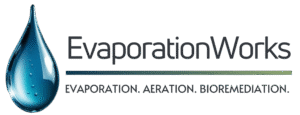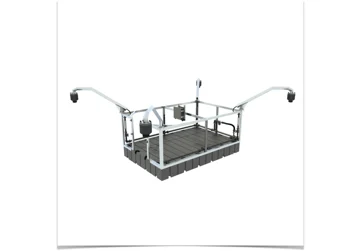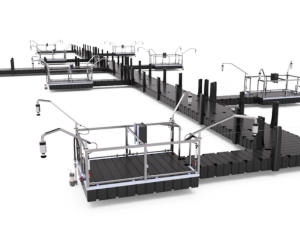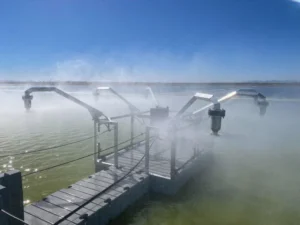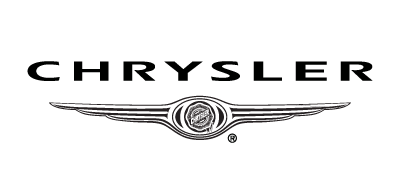Innovative Wastewater Solutions
EvaporationWorks — Engineering the Future of Evaporation
Evaporation. Aeration. Bioremediation.
Evaporation Systems for Complex Wastewater Challenges
Produced Water Evaporation
Cost-effective and compliant solutions using patented rotary atomization to rapidly evaporate produced water while meeting zero discharge requirements.
Process Water Treatment
Scalable systems designed for commercial and industrial needs: minimizing maintenance, energy costs, and environmental impact through accelerated evaporation technology.
Industrial Wastewater
Custom evaporation units designed for reliability in isolated locations, offering efficient wastewater management without dependence on large infrastructure.
Regulatory Compliant for Demanding Industries
Choosing our solutions means opting for quality and reliability. Our systems are designed to optimize efficiency and provide sustainable options for industrial wastewater management. With a focus on innovation and customer needs, we offer robust solutions that withstand the demands of various sectors.
Municipal Wastewater
✓ Streamline the treatment of effluent from lagoons
✓ Lower operational burden on small municipalities
✓ Scalable systems for changing compliance needs
Oil & Gas
✓ Treat produced water efficiently onsite
✓ Lower disposal costs and reduce truck hauls
✓ Regulatory-compliant Accelerated Evaporation
Mining
✓ Manage process water in rugged terrain
✓ Avoid costly pond expansions
✓ Dependable performance in harsh climates
Our Mission
Reducing Wastewater Volume Through Accelerated Evaporation
We help industrial and municipal clients solve complex wastewater challenges through compliant evaporation technologies. Our patented systems not only reduce water volume, they also reduce liability and operational costs.
Interested in Air Emissions Data?
What Our Clients Say
Built for Industrial Demands
Patented Evaporation Technology
Varimax™ Series
Scalable Units with Walkways for Safe and Easy Maintenance
Designed for your specific project to maximize evaporationWhy EvaporationWorks?
- Regulatory Compliant
Supports discharge permits, waste minimization goals, and zero-liquid discharge (ZLD) planning. - Low-Cost Operation
Designed for minimal chemical input and low energy use. Integrated Treatment Support
Works in tandem with aeration and bioremediation to improve performance and reduce fouling.Patented Evaporation Platform
High flow-rate atomizers of 12-20 GPM each.Variable-Speed Atomization
Automatically adjusts droplet size without changing flow rate to maintain evaporation under changing conditions.Custom Configurations
Systems are sized to site-specific flow and environmental conditions—not overbuilt or generic.
Ready to Start? Let’s Talk.
Get a customized quote or download our application-specific fact sheets to see how EvaporationWorks can support your operations.
Get in Touch With Us
Call
Sales: 888-501-2126
Customer Support: 813-730-7900
Office: +1-813-223-9000
contact@evaporationworks.com
Office Locations
Tampa
Grand Junction
Houston
Plant City
